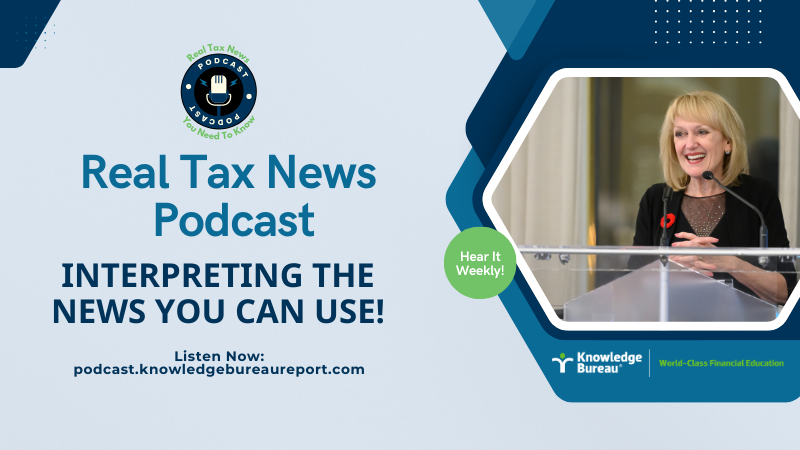Last updated: June 25 2025
The PIT Cut Arrives July 1. . .But Will You Notice?

Geoff Currier
It’s here! The Personal Income Tax (PIT) relief offer to Canadians in the form of a 1% change in the lowest federal marginal personal income tax rate (PIT) takes effect on July 1. . .so it is half of a percent for 2025 and this rate will also apply to reduce the value of most non refundable tax credits. That makes it complex and hard to quantify. Just how much will you get? Canada’s Parliamentary Budget Officer, Yves Giroux, has broken down the impact of this 1% shift. The results are not as impressive as first presented to Canadians.
Some Hard Facts: Leaving more of their own money in people’s pockets is never a bad idea but Prime Minister Mark Carney may not have done us as great a favour as he made it sound.
First, this move is expected to cost the federal treasury. The Parliamentary Budget Office (PBO) believes this change will deprive the government of $4.2 billion in revenue in the 2025-26 tax year alone. By 2029-30 that figure will increase to $6.4 billion. The actual figure for this tax year is $9.5 billion but then there is the reduction of the value of the federal tax credits. The large print giveth and the small print taketh away.
Second, the impact of this tax break will be difficult for most Canadians to notice. The Liberal platform states that a dual income family could save up to $825 per year But, the PBO estimates that on average, your clients in the lowest income bracket get to keep an additional $90 of their money this tax year.
that on average, your clients in the lowest income bracket get to keep an additional $90 of their money this tax year.
That works out to $1.73 per week. By 2029-30 that figure will rise to an average of $200 a year or $3.84 per week. This move was touted as designed to help lower income Canadians. Most others will receive a break of $6.34 per week this tax year. As we can see, the numbers between the Liberal platform and the PBO are wildly divergent.
Third, the PBO points out that because your client's income is going to be a little higher, they’ll also be taxed on that income. In its report of June 18, the PBO states “The savings generally represent a higher share of income for individuals in the first tax bracket compared with those in the other brackets, thus maintaining the progressivity of the tax system.”
Fourth, and this is something else that was left out of the good news of a tax break, “the basic personal amount and age amount, as well as other tax credits, are means-tested. As a result, the savings realized from this PIT rate decrease can vary depending on income.”
The Bottom Line: What Giroux’s office is telling us, and you’ll need to let your clients know, is that this 1% change in the PIT rate will have little positive impact, particularly those who are in the lowest income bracket. Nor will this move help Canada’s tax system become more competitive: it’s a pittance that fails to incentivize those earning above the lowest income to save or invest.
In short, there’s plenty of sizzle here but precious little steak. You can see the full PBO report here:
Stay tuned weekly to Knowledge Bureau Report for continuing coverage of breaking tax and economic news and tune in to a new podcast- Real Tax News You Can Use with Evelyn Jacks: podcast@knowledgebureaureport.com
